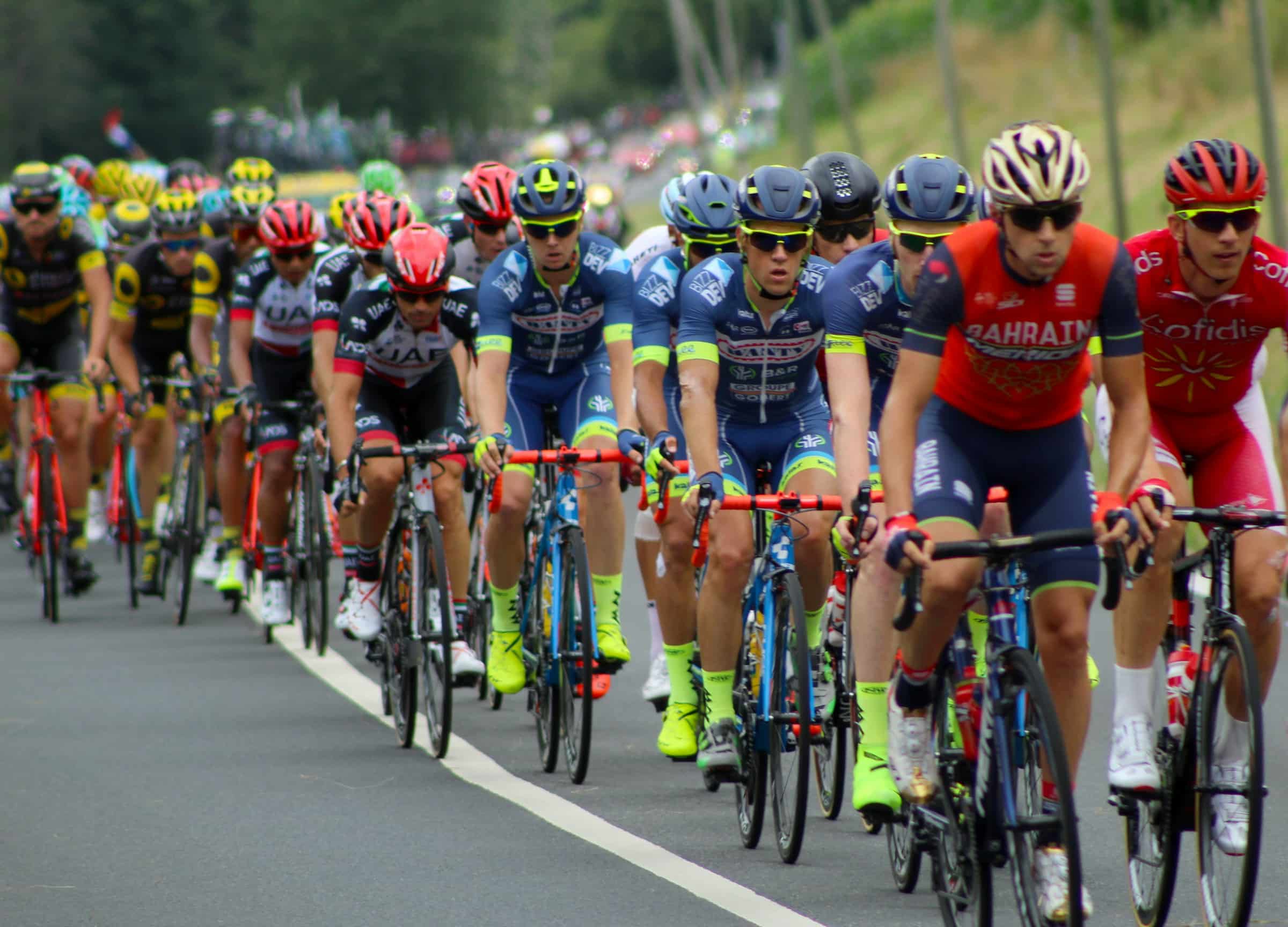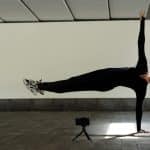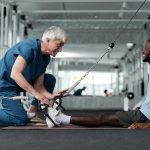In the high-stakes world of competitive cycling, every advantage counts. The slightest change in aerodynamics can mean the difference between victory and defeat. But how can cyclists and their teams gain this crucial advantage? The answer lies in the power of technology and data analysis, specifically through the use of virtual wind tunnels. Let’s delve deep into this fascinating topic and explore the role of virtual wind tunnels in optimizing aerodynamics for racing cyclists.
The Science of Cycling: The Aerodynamic Factor
The principles of aerodynamics play a significant role in cycling. When a cyclist pedals, they have to overcome several forces. One of these is the drag created by the wind resistance, a force acting opposite to the direction of motion. This wind drag is determined by factors like the cyclist’s speed, the wind speed, and the cyclist’s position on the bike. The lower the drag, the lesser the energy a cyclist needs to expend to maintain or increase their speed.
Cela peut vous intéresser : How Can Wearable Muscular Oxygen Sensors Improve Endurance in Elite Cross-Country Skiers?
However, analyzing and optimizing these factors in real-time can be quite challenging. This is where technology comes into play. And this isn’t just any technology – it’s a sophisticated simulation system known as a virtual wind tunnel.
The Role of Virtual Wind Tunnels
Virtual wind tunnels are software models that simulate the effects of wind on a cyclist. These models can analyze different variables like wind speed, direction, and the cyclist’s position, providing valuable data to optimize performance. Virtual wind tunnels are popular because they offer a cost-effective and flexible alternative to traditional wind tunnels.
Dans le meme genre : What Are the Best Strategies for Accelerating Skill Development in Junior Golfers?
The STAC Virtual Wind Tunnel, for example, is a project that uses 3D models of cyclists and their bikes. These models are placed in a simulated environment to test how different positions and equipment affect the cyclist’s aerodynamics. The output is a set of data that can be analyzed to identify the most efficient cycling position or equipment.
Using this model, you can tweak various elements, like the position of the cyclist’s arms, legs, and torso, or even the helmet’s shape. The virtual wind tunnel provides immediate feedback on how these changes affect the wind drag.
Leveraging Google Scholar and Crossref for Research
Research into the optimization of aerodynamics for racing cyclists is quite extensive. Google Scholar and Crossref are excellent resources for accessing this information. Both these platforms offer a vast database of research papers, articles, and case studies on the subject.
Suppose you’re a researcher interested in this area or a coach looking for ways to improve your team’s performance. In that case, these platforms could be invaluable. Typing in relevant keywords like ‘cycling aerodynamics‘, ‘virtual wind tunnels‘, and ‘drag reduction‘ could yield a treasure trove of useful information.
For instance, a doi (digital object identifier) search on Crossref using these keywords can lead you to research papers containing detailed data and results from studies on the subject. This data can then be used to inform strategies for aerodynamics optimization.
The Impact on Projected Area
One of the critical factors affecting a cyclist’s aerodynamics is the projected area – the area that is visible when looking at the cyclist from the front. The larger this area, the higher the wind drag, and vice versa. Therefore, reducing the projected area can significantly improve a cyclist’s speed and efficiency.
Virtual wind tunnels allow for the accurate calculation of a cyclist’s projected area under different circumstances. By adjusting the cyclist’s position or equipment in the simulation, teams can find the optimal settings that minimize the projected area and, consequently, the wind drag.
In Conclusion
To stay ahead in the world of competitive cycling, teams need to continuously leverage technology and data. Virtual wind tunnels are a key asset in this respect, providing invaluable insights into the complex world of aerodynamics. By combining the power of these models with the wealth of research available on platforms like Google Scholar and Crossref, cycling teams can gain a crucial edge over their competitors.
One thing is clear – the future of cycling lies at the intersection of sport and technology. And with the power of virtual wind tunnels, that future looks brighter than ever.
The Interplay of Frontal Area and Aerodynamic Drag
Aerodynamic drag plays a major role in cycling performance, and much of it comes from the frontal area. This is the part of the cyclist and bike that meets the wind head-on. The larger the frontal area, the more wind resistance or drag force the cyclist has to overcome. Therefore, cyclists and bike designers aim to minimize the frontal area to reduce drag and increase speed.
Virtual wind tunnels allow teams to explore this interplay of frontal area and aerodynamic drag in detail. They can simulate different positions and equipment to see how they change the frontal area and subsequently, the drag force. For instance, a more aggressive, low riding position can decrease the frontal area and thus the wind drag.
Virtual wind tunnels can also examine the effect of yaw angles – the angle at which the wind hits the cyclist. Different yaw angles can cause changes in the flow patterns around the cyclist and bike, affecting the aerodynamic drag.
In addition to these, the role of the cyclist’s body dimensions, such as arm length, can’t be overlooked. With the help of computational fluid dynamics, virtual wind tunnels can simulate how variations in arm length and other body dimensions affect the frontal area and the overall aerodynamics.
The Use of Regression Models in Virtual Wind Tunnel Testing
When analyzing aerodynamics, regression models are often used in virtual wind tunnel testing. These models can analyze the relationship between different variables and how they affect a cyclist’s performance. For example, a regression model could be used to understand how changes in the frontal area, bike split, or arm length relate to the drag force.
The wealth of data obtained from virtual wind tunnel tests, including variables like frontal area, aerodynamic drag, yaw angles, etc., can be fed into regression models to generate actionable insights. These models not only analyze the existing data but can also predict future performance based on various scenarios.
This is where resources like Google Scholar, SciLit Preprints, and Crossref become invaluable. They are treasure troves of research papers and articles that can inform the development and refinement of regression models. For example, a researcher can access SciProfiles on SciLit to get insights into recent studies and trends in cycling aerodynamics.
In Conclusion
The world of competitive cycling is increasingly relying on technology and data science for performance enhancement. Virtual wind tunnels represent one of the most significant advancements in this area. They provide a detailed understanding of the intricate relationship between various factors that affect a cyclist’s aerodynamics.
By capitalizing on the wealth of information available on platforms like Google Scholar, Crossref, and SciLit Preprints, cycling teams can stay ahead of the curve and push the boundaries of performance. The future of cycling definitely belongs to those who can best leverage these resources and technologies to optimize aerodynamics. It is a fascinating blend of sports, technology, and data science, and it’s exciting to see where it will lead in the coming years.











